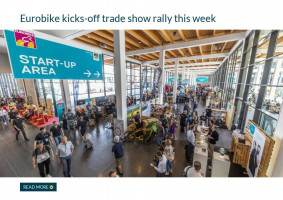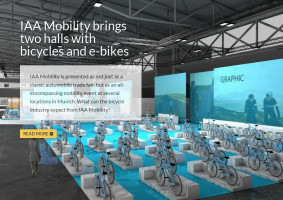Uncertainty rules the market
Improved planning systems and the growing importance of e-bikes as a means of mobility did, to some extent, level out supply chain challenges the industry faced in the past. However, the pandemic has thrown the industry back in time. Seasonality was apparently no longer a problem, and all available products were sold anyhow. As a result, long lead times and supply chain problems, which have always been familiar to the industry, were enlarged to an unprecedented level.
In logistics, the bicycle industry has to compete with financially more powerful traders that push up shipping costs. Communication with the market was hampered, and many OEMs began to order whatever was available, resulting in overloaded order books for component manufacturers. Product demand is bigger than ever, but for how long? Studies indicate the cycling boom will continue, partly because of governmental cycling support campaigns and investments in infrastructure. Where is the market really heading?
After 1.5 years of virtual meetings, this can hopefully be discussed on a European level with many among each other in the first two weeks of September when the industry gets together at Eurobike, World Cycling Forum and the IAA Mobility (in order of date). I hope to see many of you there.
Enjoy reading this online edition of Bike Europe. Perhaps you have missed the previous editions covering a wide variety of topics. These magazines are still available online for you on our website.
Jan-Willem van Schaik
Editor in chief
_w660_h990_1.png)








